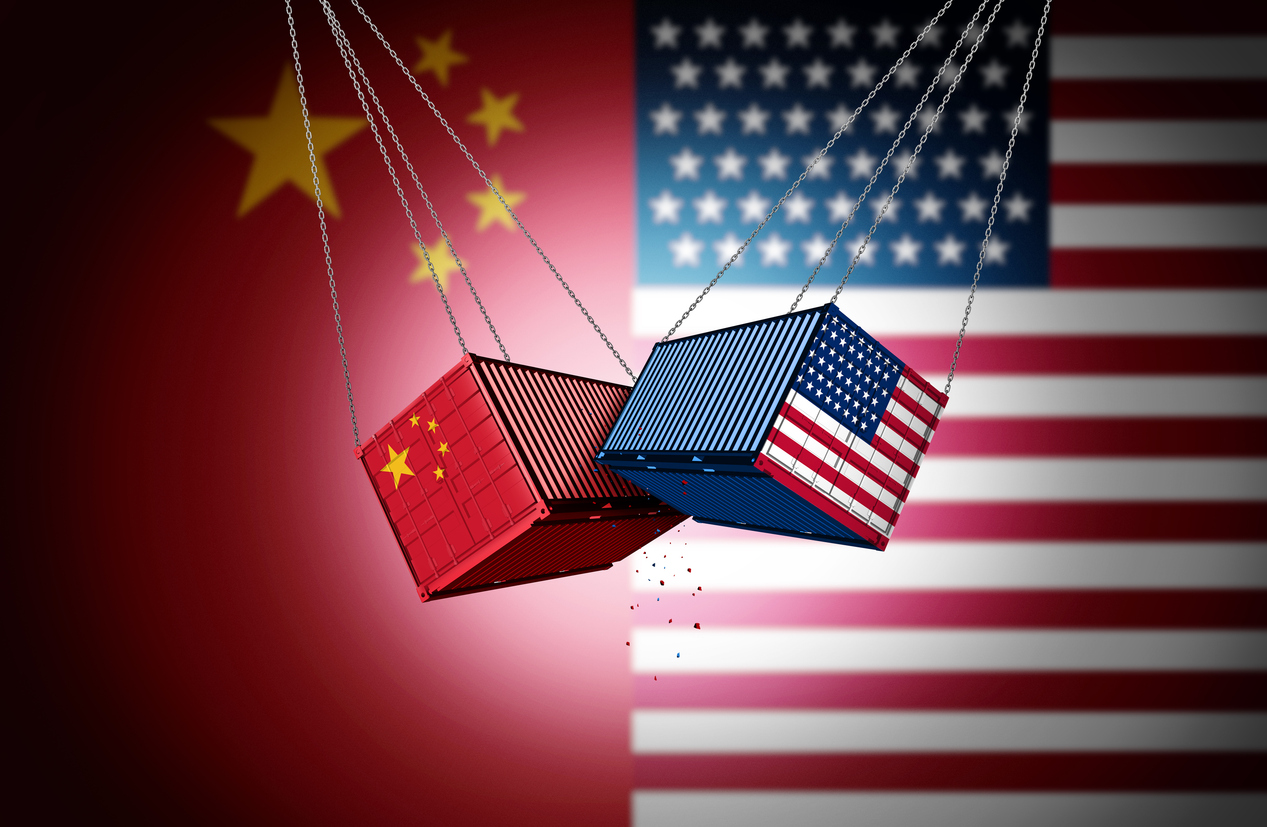Pivot, don't panic: America's next act

Every few years, geopolitical commentators declare the end of American global leadership. Sometimes it’s after a messy war. Other times it’s a financial crisis, political dysfunction or, most recently— strikes on Iran or China’s rise.
The paradox of the United States’ position is this: Even as the US navigates unprecedented challenges, it retains formidable influence in shaping the global order and the United States remains the world’s indispensable power, because the US course-corrects in a few ways few nations can.
Contrary to claims that the United States is retreating into isolationism, recent actions tell a different story. Despite widespread perceptions that the Trump administration is disengaging, the US remains deeply involved in every major global theatre. Before Trump’s election, pundits predicted the Administration would abandon Ukraine, yet it has maintained its pursuit of difficult negotiations with Russia. In the Middle East, the US is managing complex ties with Israel, strategic imperatives surrounding Iran’s nuclear program and Arab partnerships grounded by billions in energy and infrastructure deals.
While these actions have dominated recent headlines, nowhere is the evolution of US leadership clearer than in Asia. For Australia and its neighbours, the question is not whether the United States is leaving, but how it is adapting militarily, economically and technologically to strengthen its partnerships and counteract China’s rise.
Militarily, the US remains the world’s most capable power. However, enduring peace and prosperity in the Indo-Pacific require more than individual actions – it requires robust partnerships. Recognising this reality, the Administration has shifted from a traditional hub-and-spokes alliance model to a more networked, flexible architecture. On his first day as Secretary of State, Marco Rubio convened the foreign ministers of the Quad, a move that both exemplified this new approach and showcased the importance of the alliance to the Administration.
The Quad, and agreements like it, remain a bipartisan priority in Washington and Canberra alike, reflecting a shared vision for regional stability that is grounded in a willingness for practical collaboration. The United States and its partners are not seeking to contain China, but to ensure that competition remains fair.
Economically, US policy has forced a global reckoning with China’s practices. Despite widespread criticism, tariffs have become a hallmark of Trump’s novel approach to policymaking. Although critics argue that this approach has strained alliances and emboldened adversaries, it has also brought countries to the table to reassess and renegotiate for fairer terms.
Notably, it has exposed systemic vulnerabilities in China’s economy. The June 2025 tariff reduction agreement has placed pressure on Beijing to address structural issues like forced technology transfers and industrial subsidies. For the first time in decades, it is China – not the US – playing defence in the global economic arena, triggering a recalibration that puts Beijing on its back foot.
While China’s $280 billion trade surplus1 with the United States has fuelled perceptions of its rising economic dominance, Beijing’s actions, from IP theft to dumping, have galvanised a global response. From Europe’s industrial heartlands to Southeast Asia’s ports, nations are confronting the same challenges. In 2024, the European Union launched2 several anti-dumping investigations against Chinese firms, while publishing multiple reports detailing China’s widespread violations of international trade norms. These actions reflect a growing recognition that Beijing’s model is incompatible with fair competition.
US allies such as Australia and Japan have tightened3 foreign investment rules to counter China’s strategic acquisitions. Even developing economies in Africa and Latin America are pushing4 back against predatory Belt and Road lending. 
The United States and China are locked in a fierce competition for technological leadership. According to the Australian Strategic Policy Institute (ASPI), China is now ahead5 in 37 of the 44 critical and emerging technologies evaluated. The United States, however, maintains a lead in several foundational sectors, including advanced semiconductor devices, high-performance computing, advanced integrated circuit design, and quantum computing. This evolving landscape highlights the urgency for the United States to sustain investment in research and development, strengthen talent pipelines and deepen international collaboration to maintain its competitive edge.
While the challenges facing US leadership, such as soaring debt, domestic polarisation and strategic impatience, are undeniable threats to its global standing, history shows these are not insurmountable. To claim that US global leadership is finished misreads the moment. The trade war, for all its disruptions, has forced a long-overdue debate about fair competition, supply chain security, and technological sovereignty. China’s aggression has galvanised democracies to act, while US innovation ecosystems continue to set the pace in critical industries. The US has also shown a willingness to use swift military force and support an ally
when threatened existentially.
The United States has navigated existential crises before, from the Great Depression to the Cold War, by adapting its leadership, not abandoning it. For Australia and the Indo-Pacific region, the future is not about choosing sides, but about building a resilient network of partnerships that can progress through uncertainty together. US leadership in Asia is not waning; it is deepening.
The world still looks to Washington for leadership, but that leadership must now balance the urgency of great-power rivalry with the consistency and long-term vision needed for global order.

Michael Allen
Adviser to MFG Asset Management
National Security Expert and Managing Partner at Beacon Global Strategies
1 Office of the United States Trade Representative (USTR). (2025). China Trade Summary. https://ustr.gov
2 China Briefing. (2025, July 2). EU-China Relations After the 2024 European Elections: A Timeline. Dezan Shira & Associates. https://www.china-briefing.com
3 The Japan News. (2025, July 9). Japan to tighten screening of foreign investors. Asia News Network. https://japannews.yomiuri.co.jp
4 Myers, M., & Ray, R. (2024, June). Feeling the Stones: Chinese Development Finance to Latin America and the Caribbean, 2023. Inter-American Dialogue &
Boston University Global Development Policy Center. Retrieved from https://www.thedialogue.org
5 Long, A. (2023, May 23). The Global Race for Future Power: Critical Technology and the Strategic Development of Talent. PGS Industry Insights. Retrieved from
https://www.pgs.com
Important Information: This material has been produced by Magellan Asset Management Limited trading as MFG Asset Management ('MFG Asset Management') and has been prepared for general information purposes only and must not be construed as investment advice or as an investment recommendation. This material does not take into account your investment objectives, financial situation or particular needs. This material does not constitute an offer or inducement to engage in an investment activity nor does it form part of any offer documentation, offer or invitation to purchase, sell or subscribe for interests in any type of investment product or service. You should read and consider any relevant offer documentation applicable to any investment product or service and consider obtaining professional investment advice tailored to your specific circumstances before making any investment decision.
Past performance is not necessarily indicative of future results and no person guarantees the future performance of any financial product or service, the amount or timing of any return from it, that asset allocations will be met, that it will be able to implement its investment strategy or that its investment objectives will be achieved. This material may contain 'forward-looking statements'. Actual events or results or the actual performance of an MFG Asset Management financial product or service may differ materially from those reflected or contemplated in such forward-looking statements.
This material may include data, research and other information from third party sources. MFG Asset Management makes no guarantee that such information is accurate, complete or timely and does not provide any warranties regarding results obtained from its use. This information is subject to change at any time and no person has any responsibility to update any of the information provided in this material. Statements contained in this material that are not historical facts are based on current expectations, estimates, projections, opinions and beliefs of Magellan or the third party responsible for making those statements (as relevant). Such statements involve known and unknown risks, uncertainties and other factors, and undue reliance should not be placed thereon. No representation or warranty is made with respect to the accuracy or completeness of any of the information contained in this material. MFG Asset Management will not be responsible or liable for any losses arising from your use or reliance upon any part of the information contained in this material. Statements contained in this material that are not historical facts are based on current expectations, estimates, projections, opinions and beliefs of MFG Asset Management. Such statements involve known and unknown risks, uncertainties and other factors, and undue reliance should not be placed thereon.
Further information regarding any benchmark referred to herein can be found at www.mfgam.com.au/funds/benchmark-information/. This material and the information contained within it may not be reproduced, or disclosed, in whole or in part, without the prior written consent of MFG Asset Management.